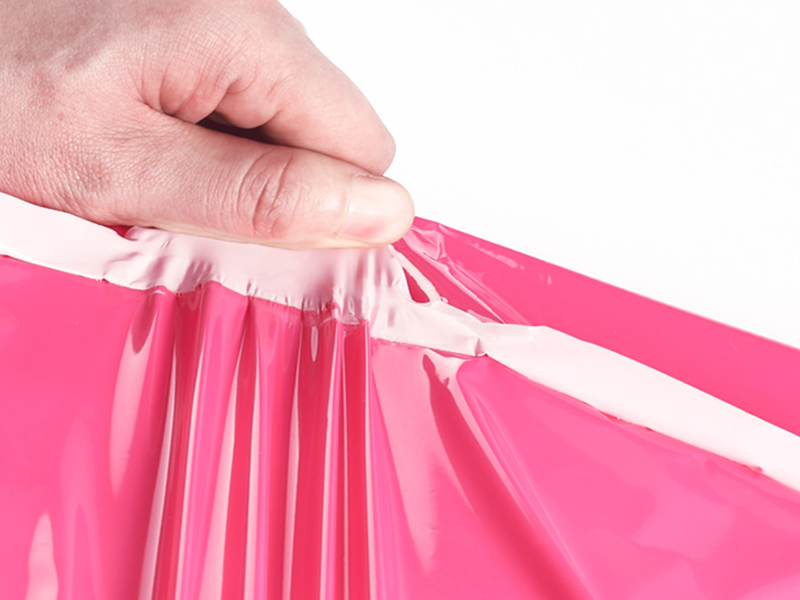Customers may encounter various challenges when procuring packaging materials and labels. Here, we’ll address two common questions our customers often have, along with a real-life example of how we assist them in selecting the most suitable products.
How To Choose the Right Label for the Usage Environment?
The use environment of labels typically refers to the specific context or setting in which labels are applied or utilized. This environment can vary depending on the type of label, its intended purpose, and the conditions it needs to withstand. For instance, labels used in industrial settings may need to be durable and able to withstand extreme temperatures, chemicals, or mechanical abrasion. On the other hand, labels used in retail or office environments may require different properties such as clear printing, adhesive strength, and resistance to smudging.
When selecting labels for a particular use environment, it’s important to consider factors like the material the label is made of, its adhesive properties, and any special coatings or treatments that may be applied. These choices can significantly affect the label’s performance and durability in the intended environment.
Additionally, the use environment can also influence the design and layout of the label. For example, labels used in outdoor environments may need to include special features like UV resistance or weatherproofing to ensure they remain legible and intact over time.
In summary, the use environment of labels is a crucial consideration in the selection, design, and application of these products. Understanding the specific conditions and requirements of the environment will help ensure that the labels chosen are suitable and effective for their intended purpose.
How To Choose Courier Bags?
When it comes to selecting courier bags, several key factors need to be taken into consideration to ensure the safety, efficiency, and environmental friendliness of the packaging. Here are some guidelines on how to make an informed choice:
1.Material Consideration
The material of the courier bag is crucial as it directly affects its durability, strength, and environmental impact. Common materials include polyethylene (PE) and polypropylene (PP), which are known for their durability and cost-effectiveness. Additionally, eco-friendly materials such as recycled plastics or biodegradable materials are becoming increasingly popular as they reduce the impact on the environment.
2. Size and Shape
The size and shape of the courier bag should be tailored to the specific needs of the items being transported. Selecting a bag that is too small can lead to damage to the contents, while a bag that is too large may result in unnecessary bulkiness and wasted space. It’s important to consider the dimensions of the items, as well as their weight, to ensure a secure and compact fit.
3. Thickness and Durability
The thickness of the courier bag determines its ability to withstand the rigors of transportation. Thicker bags provide better protection against tears and punctures, ensuring the safety of the contents. However, thicker materials may also increase the cost and weight of the packaging, so it’s important to find a balance that meets your specific needs.
4. Sealing and Closure
The sealing and closure mechanism of the courier bag is essential for maintaining the integrity of the package. Heat sealing or ultrasonic sealing techniques provide a secure and durable closure, preventing leakage or tampering. Additionally, bags with reinforced seams or double stitching add extra strength and durability to the sealing process.
5. Environmental Impact
Today increasingly environmentally conscious world, it’s important to consider the environmental impact of your packaging choices. Opting for recyclable or biodegradable materials can help reduce waste and pollution. Additionally, considering the carbon footprint of the packaging materials and production processes can contribute to a more sustainable supply chain.
In conclusion, choosing the right courier bag involves a careful consideration of material, size, shape, thickness, sealing, and environmental impact. By taking these factors into account, you can ensure that your packaging meets the needs of your business while also minimizing its impact on the environment.
Real Example: Helping a Customer Choose the Right Ribbon
Customer: Yuki, Do you have a ribbon ?
Yuki: Yes, We have a lot of different models, different materials of ribbon.
Customer: I want to be able to print pp labels and paper labels, can you give me recommend?
My ribbon to print labels with thermal transfer printers .110*300M.
Yuki: Just look at the material of the label and select the corresponding ribbon.
Customer: They are going to print normal paper and PP labels, you just need it to withstand printing with the PP label outdoors.
Yuki: If normal PP labels and paper labels can print by Mixed (Wax ribbon);But if PP with a film or with Oil from face side must used resin ribbon.
Scrape with your fingernails to see if there is a layer of film, after the light oil is also some matte oil. Sometimes it’s hard to check ,just sending your samples to us or we send our samples to you.
Customer: They are going to print normal paper and PP labels, you just need it to withstand printing with the PP label outdoors.
Yuki: Outdoor ,How long will stay outdoors?If so,within one year ,resin ribbon can ok ;If more than 5-8years ,Will used special ribbon more expensive.
Customer: It will be a maximum of two months.
Yuki: If so,wax resin is ok .
Customer: Give me price for mixed quality and mixed surface printing.
Yuki: PH2000: Ordinary cost-effective mixed wax base.B209:Wax Resin one —The above two are the best recommend I give you.
Customer: Thank you yuki, professional. I am very satisfied with your recommend plan. I have received your offer sheet.
If you’re interested in our products or need guidance on selecting the right materials, please feel free to reach out. We’re here to provide you with professional advice to help you make the best choice. Thank you!



